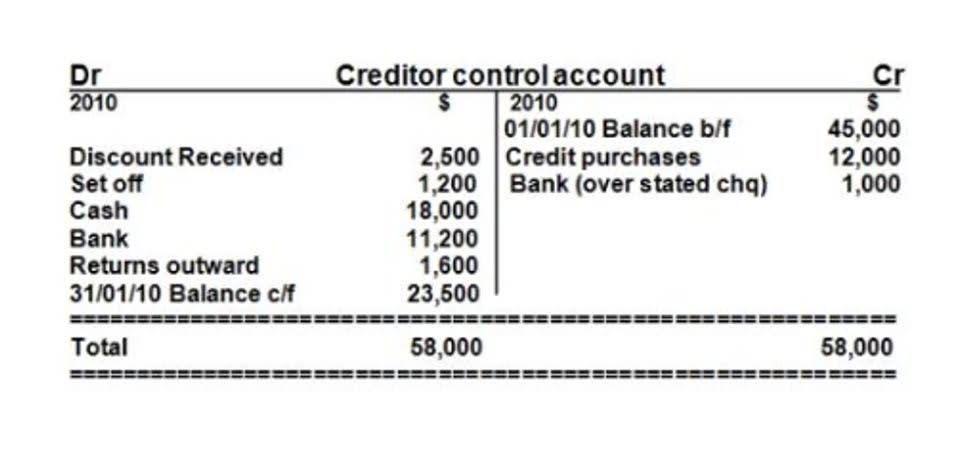5 Easy Ways To Survive The Summer Bbq Circuit
25/12/2023FXOpen vs FXTM: сравнение брокеров 2025
08/01/2024
The normal balance of an account is the balance that an account is expected to have at the end of an accounting period. This balance can be either a debit Remote Bookkeeping balance or a credit balance, depending on the type of account. Assets are resources owned by the organisation like cash, inventory and receivables. Debit Balance Assets accounts are increased by their Debit entries & decreased by their Credit entries. For example, if a company receives cash from a customer, it would debit the Cash account (an asset) to show an increase. Notice that when money comes in, we debit our Cash account, while when money goes out, we credit our Cash account.
What is the significance of normal balances in maintaining accurate financial records?
Understanding this difference is crucial for all financial analysis. Since dividend payments are a reduction of retained earnings for an entity it has a debit balance as its reduction of share holder’s equity. As per the modern rules, we debit the decrease in the capital. This reflects the fact that dividends represent distributions of profits to shareholders and reduce the company’s equity. After this journal entry, the balance of the withdrawals account will become zero and the owner’s capital will be reduced by $10,000 at the end of the accounting period. The normal balance for additional paid-in capital is a credit balance.
- Conversely, for liability, equity, and revenue accounts, a credit increases their balance, and a debit decreases them.
- They also memorized that liability and owner’s (or stockholders’) equity accounts normally have credit balances that increase with a credit entry and decrease with a debit entry.
- It is possible for an account expected to have a normal balance as a debit to actually have a credit balance, and vice versa, but these situations should be in the minority.
- The normal balance is the expected balance each account type maintains, which is the side that increases.
- An increase in a liability, such as a loan, is recorded as a credit.
- Financial analysts usually use a 3 statement model in order to forecast and evaluate a company’s financial health.
Understanding Debits and Credits
- The contra accounts noted in the preceding table are usually set up as reserve accounts against declines in the usual balance in the accounts with which they are paired.
- Expenses, which represent the costs incurred to generate revenue, have a normal debit balance because they decrease equity.
- Again, you need to understand that the $500 credit entry to Consulting Revenues is causing a $500 increase in a permanent account that is part of owner’s equity or stockholders’ equity.
- Discover the essential accounting rule that determines how every financial account is structured and how transactions are accurately posted.
- Liabilities are obligations a business owes to external parties.
- We can illustrate each account type and its corresponding debit and credit effects in the form of an expanded accounting equation.
- Liabilities (what a company owes to third parties like vendors or banks) are on the right side of the Accounting Equation.
So for example a debit entry to an asset account will increase the asset balance, and a credit entry to a liability account will increase the liability. Debits and credits shape our financial standings in reports like the balance sheet and income statement. This shows the resources used in businesses or personal finance activities.
Determining an Account’s Normal Balance

By following the expected normal balances, accountants can ensure that the financial statements accurately represent the financial position, performance, and cash flows of the business. Consistency in the presentation and classification of accounts enhances the comparability of financial statements across different periods and entities. Normal normal balance of capital balance refers to the expected side or category where an account balance should appear.

The difference between paid-in capital and retained earnings

Lastly, we discussed the concept of normalizing entries in accounting, https://www.jcbailbonding.com/why-is-accounting-so-hard-understanding-challenges/ which involve adjustments made to financial records to remove abnormal or non-recurring transactions or events. Normalizing entries help provide a more accurate picture of a business’s ongoing operations, correcting for one-time events, seasonal fluctuations, extraordinary items, and accounting errors. This means when a company makes a sale on credit, it records a debit entry in the Accounts Receivable account, increasing its balance. Conversely, when the company receives a payment from a customer for a previously made credit sale, it records a credit entry in the Accounts Receivable account, decreasing its balance. Temporary accounts are generally the income statement accounts.

- Asset accounts, like Cash and Inventory, have a debit for their normal balance.
- As we wrap up our chat on accounting, it’s key to remember that knowing about normal balances is crucial.
- The increase in inventory, an asset, is a debit because that’s its normal balance for inventory.
- This includes owner’s capital contributions and retained earnings.
- This considers things like the economy, recovering from big events, and planning finances.
- A debit records an entry on the left side of an account, while a credit records an entry on the right side.
Liabilities include amounts owed to third parties, including loans, accounts payable, and other costs incurred. The normal balance of liabilities is a credit balance, which means that a liability account increases with a credit and decreases with a debit. One example of an increase in liability accounts is when a corporation borrows money; this increases an account called a Loan payable. When making a loan payment, the business will have an account debit, which decreases the liability. Following this convention keeps balance in the ledger and shows creditors how much a company owes. In the double-entry accounting system, financial transactions are recorded using debits and credits.
What is the normal balance of the merchandise inventory account?
The normal balance of all asset and expense accounts is debit where as the normal balance of all liabilities, and equity (or capital) accounts is credit. The normal balance of a contra account (discussed later in this article) is always opposite to the main account to which the particular contra account relates. The “normal balance” for an account in accounting refers to whether that account typically carries a debit or credit balance. In other words, it’s the side (debit or credit) that increases the balance of the account. It is determined by the nature of an account in the chart of accounts under the double-entry bookkeeping system.
